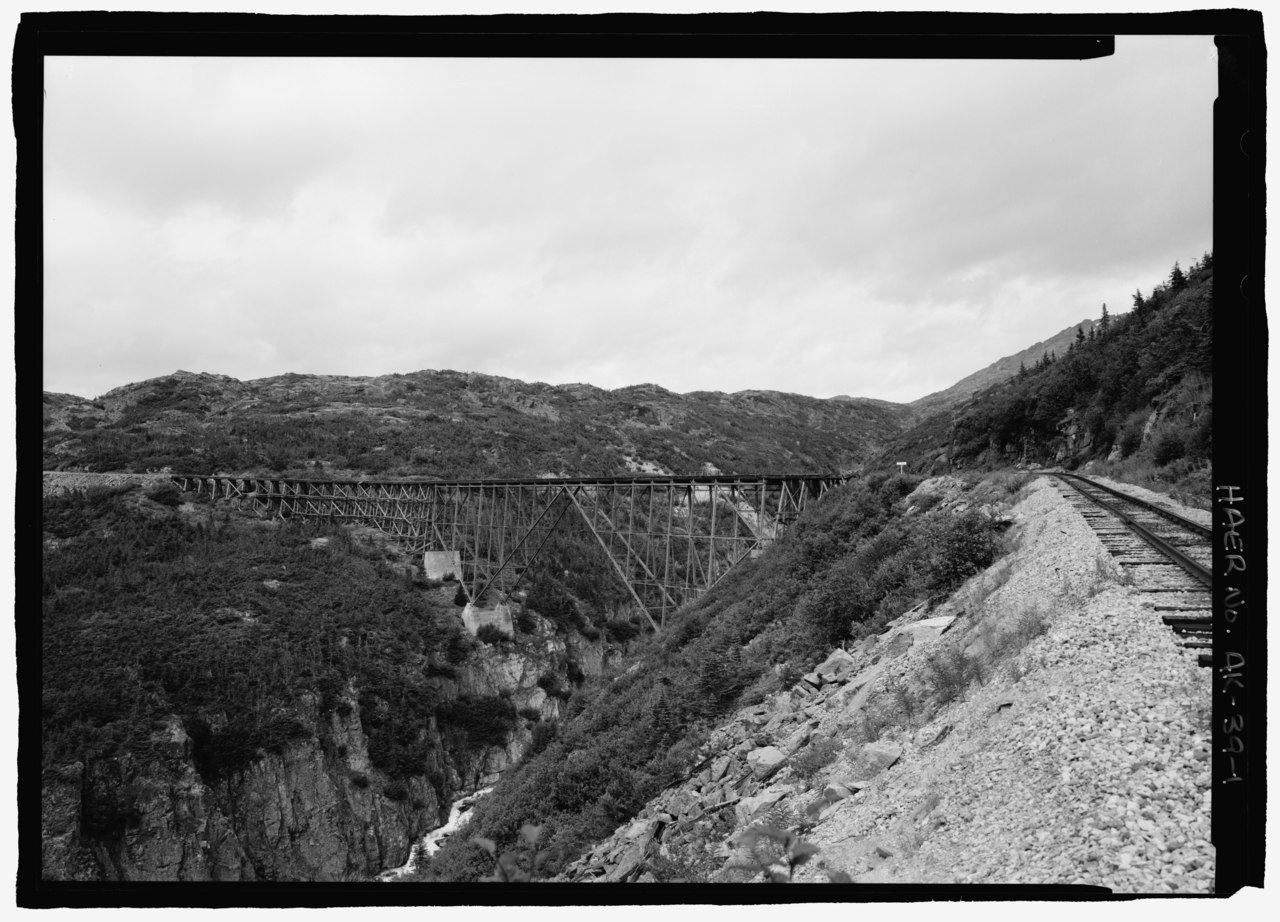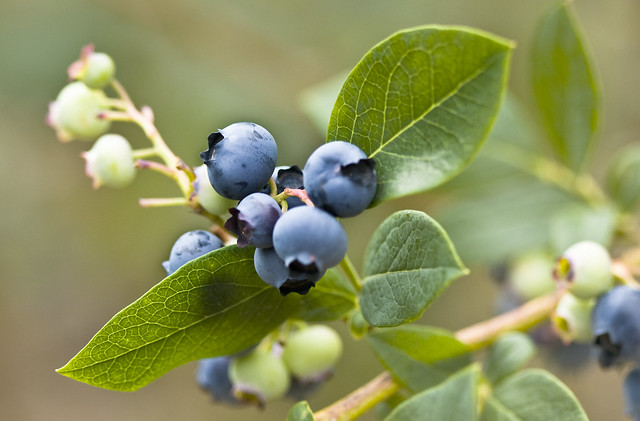Article
Weather
WEATHER FORECASTING is the attempt to understand atmospheric patterns to predict the weather conditions that will occur at a specific place and time, including temperature, wind, cloud, precipitation and humidity.

Enter your search term
Signing up enhances your TCE experience with the ability to save items to your personal reading list, and access the interactive map.
Create AccountArticle
WEATHER FORECASTING is the attempt to understand atmospheric patterns to predict the weather conditions that will occur at a specific place and time, including temperature, wind, cloud, precipitation and humidity.
"https://d3d0lqu00lnqvz.cloudfront.net/media/media/d32eb943-b421-42f4-bb17-0d8dbdeb99d9.jpg" // resources/views/front/categories/view.blade.phphttps://d3d0lqu00lnqvz.cloudfront.net/media/media/d32eb943-b421-42f4-bb17-0d8dbdeb99d9.jpg

Article
Most modern meteorologists attempt to cope with physical processes by expressing them mathematically, ie, by creating mathematical models of the atmosphere. Powerful computers are then used to solve problems.
"https://d3d0lqu00lnqvz.cloudfront.net/media/media/d32eb943-b421-42f4-bb17-0d8dbdeb99d9.jpg" // resources/views/front/categories/view.blade.phphttps://d3d0lqu00lnqvz.cloudfront.net/media/media/d32eb943-b421-42f4-bb17-0d8dbdeb99d9.jpg

Article
Weather modification has been used in an attempt to increase rainfall and snowfall, to suppress hail, to clear fogs, to modify tropical cyclones and to suppress lightning. The term "weather modification" is not normally used to describe inadvertent changes in our WEATHER.
"https://www.thecanadianencyclopedia.ca/images/tce_placeholder.jpg?v=e9dca980c9bdb3aa11e832e7ea94f5d9" // resources/views/front/categories/view.blade.phphttps://www.thecanadianencyclopedia.ca/images/tce_placeholder.jpg?v=e9dca980c9bdb3aa11e832e7ea94f5d9

Article
Weather in Canada ranges from the extreme cold of the Arctic to tornadoes and other severe weather in the southern regions; from the storms and fog of the Atlantic to the dry heat and majestic thunderstorms of the prairies.
"https://d3d0lqu00lnqvz.cloudfront.net/media/media/5f2d2f05-f8d1-4a58-8c76-8e1ba649ad92.jpg" // resources/views/front/categories/view.blade.phphttps://d3d0lqu00lnqvz.cloudfront.net/media/media/5f2d2f05-f8d1-4a58-8c76-8e1ba649ad92.jpg

Article
Fragmented rock materials formed by mechanical weathering are normally larger than clay particles. These materials constitute major sources of sediment for later erosion, transportation and deposition under the impetus of gravity, wind, water or ice.
"https://d3d0lqu00lnqvz.cloudfront.net/media/media/1feca1f5-6d62-4849-ada5-e7b61d404647.jpg" // resources/views/front/categories/view.blade.phphttps://d3d0lqu00lnqvz.cloudfront.net/media/media/1feca1f5-6d62-4849-ada5-e7b61d404647.jpg

"https://www.thecanadianencyclopedia.ca/images/tce_placeholder.jpg?v=e9dca980c9bdb3aa11e832e7ea94f5d9" // resources/views/front/categories/view.blade.phphttps://www.thecanadianencyclopedia.ca/images/tce_placeholder.jpg?v=e9dca980c9bdb3aa11e832e7ea94f5d9

Article
Wetlands cover about 14 per cent of the land area of Canada, and are the natural habitat of over 600 species of plants, animals and insects. In addition to providing a home for these plants and animals, wetlands are an essential part of the environment because they prevent flooding, filter toxins, store groundwater and limit erosion. The most common wetland habitats are swamps, marshes, and bogs.
"https://d3d0lqu00lnqvz.cloudfront.net/media/media/8f198af0-74ec-4aa0-bcca-1cf75ebe8337.jpg" // resources/views/front/categories/view.blade.phphttps://d3d0lqu00lnqvz.cloudfront.net/media/media/8f198af0-74ec-4aa0-bcca-1cf75ebe8337.jpg

List
Whale is the common name for large marine mammals of the order Cetartiodactyla (formerly Cetacea). They are subdivided into the Mysticeti, or baleen whales, and Odontoceti, or toothed whales. Smaller kinds of toothed whales are called dolphins or porpoises. Thirty-five whale species are found at least occasionally in Canadian waters — 9 species of baleen whales, and 26 species of toothed whales (mostly dolphins and porpoises). The commercial pursuit of whales was significant in early European exploration of Canada (see Whaling). Since the end of commercial whaling in Canada in 1972, whale watching has become popular. Whales found in Canada range in size from about 60 kg for the harbour porpoise to well over 100 tonnes for the blue whale, making it the largest animal ever known.
"https://d3d0lqu00lnqvz.cloudfront.net/WhaleSpeciesInCanada/HumpbackWhale.jpg" // resources/views/front/categories/view.blade.phphttps://d3d0lqu00lnqvz.cloudfront.net/WhaleSpeciesInCanada/HumpbackWhale.jpg

Article
Wheat is the common name for members of genus Triticum of the grass family (Gramineae) and for the cereal grains produced by these grasses.
"https://d3d0lqu00lnqvz.cloudfront.net/media/media/ee4480f5-05e5-41fe-aa30-eb9cbf134135.jpg" // resources/views/front/categories/view.blade.phphttps://d3d0lqu00lnqvz.cloudfront.net/media/media/ee4480f5-05e5-41fe-aa30-eb9cbf134135.jpg

Article
Whelkis the common name for a carnivorous marine snail which may be included with the Buccinid, Muricid or Purpurid families.
"https://d3d0lqu00lnqvz.cloudfront.net/media/media/4853ce1f-32b2-4a69-86ed-b9af470cc9f3.jpg" // resources/views/front/categories/view.blade.phphttps://d3d0lqu00lnqvz.cloudfront.net/media/media/4853ce1f-32b2-4a69-86ed-b9af470cc9f3.jpg

Article
White Fox, Sask, incorporated as a village in 1941, population 364 (2011c), 348 (2006c). The Village of White Fox is located about 130 km east of Prince Albert, just north of Nipawin and the Saskatchewan River. The village is named for the White Fox River which flows through the district.
"https://www.thecanadianencyclopedia.ca/images/tce_placeholder.jpg?v=e9dca980c9bdb3aa11e832e7ea94f5d9" // resources/views/front/categories/view.blade.phphttps://www.thecanadianencyclopedia.ca/images/tce_placeholder.jpg?v=e9dca980c9bdb3aa11e832e7ea94f5d9

Article
The White Pass & Yukon Route railway was built to meet the demand for transportation to the gold fields of the Yukon River basin during the Klondike Gold Rush. Completed in 1900, it was a feat of engineering and one of the steepest railways in North America. It ran 177 km from Skagway, Alaska, to Whitehorse, Yukon. Today, tourist rail excursions run on a portion of the original line.
"https://d3d0lqu00lnqvz.cloudfront.net/media/new_article_images/WhitePassYukonRoute/WPYR_Cantilever_Bridge.jpg" // resources/views/front/categories/view.blade.phphttps://d3d0lqu00lnqvz.cloudfront.net/media/new_article_images/WhitePassYukonRoute/WPYR_Cantilever_Bridge.jpg

Article
Whitefish, common name for several freshwater fishes of class Actinopterygii, family Salmonidae (salmon), subfamily Coregoninae (sometimes elevated to family rank).
"https://d3d0lqu00lnqvz.cloudfront.net/media/media/4f9f8ed4-f2f7-4de9-a6c7-8f5dd0cfd4b2.jpg" // resources/views/front/categories/view.blade.phphttps://d3d0lqu00lnqvz.cloudfront.net/media/media/4f9f8ed4-f2f7-4de9-a6c7-8f5dd0cfd4b2.jpg

Article
The whooping crane (Grus americana), standing almost 1.5 m high, is the tallest North American bird.
"https://d3d0lqu00lnqvz.cloudfront.net/media/media/f7b81a02-ac7d-4084-9c6e-019bb6ecf7c7.jpg" // resources/views/front/categories/view.blade.phphttps://d3d0lqu00lnqvz.cloudfront.net/media/media/f7b81a02-ac7d-4084-9c6e-019bb6ecf7c7.jpg

Article
Over 200 species of small, fleshy, wild fruits occur in Canada. Most people consider them all “berries” but, technically, they are classed in different categories. These categories include drupes (e.g. cherries, elderberries), pomes (e.g. saskatoon berries), true berries (e.g. gooseberries, blueberries) and aggregate fruits (e.g. raspberries, strawberries). In this article “berry” is used in its less technical sense. The following are favourite Canadian wild berries.
"https://d3d0lqu00lnqvz.cloudfront.net/media/new_article_images/WildBerries/4744108143_2507ee0b47_z.jpg" // resources/views/front/categories/view.blade.phphttps://d3d0lqu00lnqvz.cloudfront.net/media/new_article_images/WildBerries/4744108143_2507ee0b47_z.jpg
